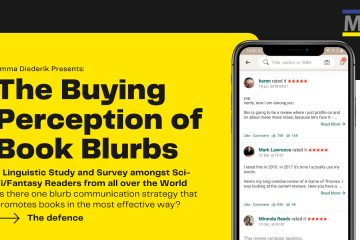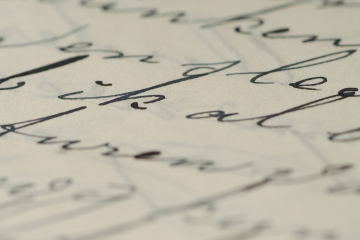For today I wanted to talk about book blurbs. If you are a book dragon (bookworm) like me, you know the struggle of deciding which book you want to buy. There are a few things you can do to help with this dilemma. One relies on online recommendations. Others rely on their favourite influencer. But you can also turn to the book itself.
No, I do not mean the description on the back… Although that helps a lot of people. I mean blurbs. Blurbs are little texts on the back of books that praise the author or tell you to buy the book.
The importance of book blurbs
Blurbs are important since every day new books get published, giving readers more and more choices as to which book to buy. See blurbs are a marketing tool designed to help readers decide whether to buy the book or not. Therefore, blurbs will make choosing what book to read easier for readers. But blurbs are not only important for readers, they are also a way for publishers to stand out.
Blurbs are important, but how important exactly? Well, that is what I have been researching over the past six months. I reviewed online blurbs and identified their impact on the buying perception of certain readers. Don’t worry, that is just a fancy phrase. It means that I researched if blurbs make people want to buy a book.
My research
The first action was the gathering of blurbs. This was done from the top 100 science fiction fantasy books to read in a lifetime reader picks list on Goodreads. This list consists of books that were chosen by readers through votes. The number one spot being the book most voted upon. I gathered reviews and blurbs from the first ten books on the list. Which I used to create a survey. In this survey participants had to rate blurbs from ‘not effective’ to ‘very effective’. I separated my blurbs into different pre-existing categories to also compare which category works best on the readers.
When looking at the effectiveness, blurbs tend to have a more negative impact or no impact on the participants. This means that participants ranked the blurbs more as ‘not effective’ than ‘very effective’. The category ‘curiosity arouser’ appeared the second most in the online ranking and had high effectiveness. The purpose of the category ‘curiosity arouser’ is to arouse curiosity for the book (a little obvious haha). This category was the only one with results that showed a relationship between the frequency of appearance in online ranking and effectiveness. Therefore, no clear relationship could be defined between the two. This meant that my hypothesis, unfortunately, was wrong and that there was no precise indication for a clear answer to my research question. Further research should therefore be done.
My recommendations
As for the recommendations, these are divided into two parts, recommendations for researchers and for professionals.
For the researcher recommendations, I recommend using my research as a base for continuing researching the reasoning of the target audience. It might also be interesting to look at the effectiveness of online and offline blurbs and compare which strategy is more effective. Further research must also be done to see if guidelines can be suggested to ensure effectiveness.
Moving on to the recommendations for the professionals, because popular blurbs do not necessarily sell the most or be the most effective, I suggest holding similar research for the genre you are publishing to see what your target audience finds effective and use them.
Another recommendation I want to give to the professionals is to use an AB test on the target audience to compare the blurbs you want to use to see which might be preferred.
If you have any questions about my research or want to talk about book blurbs, feel free to send me a message.


